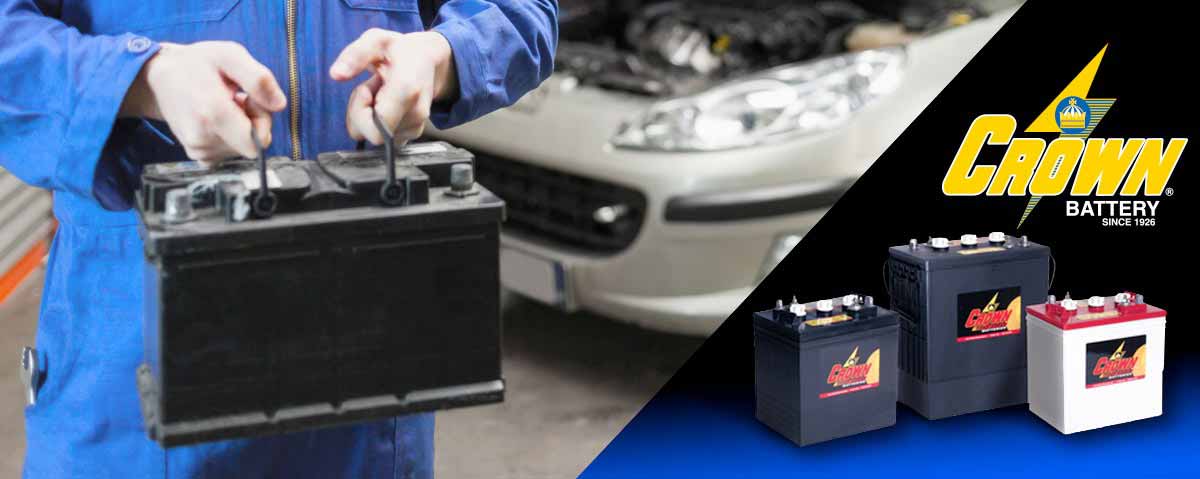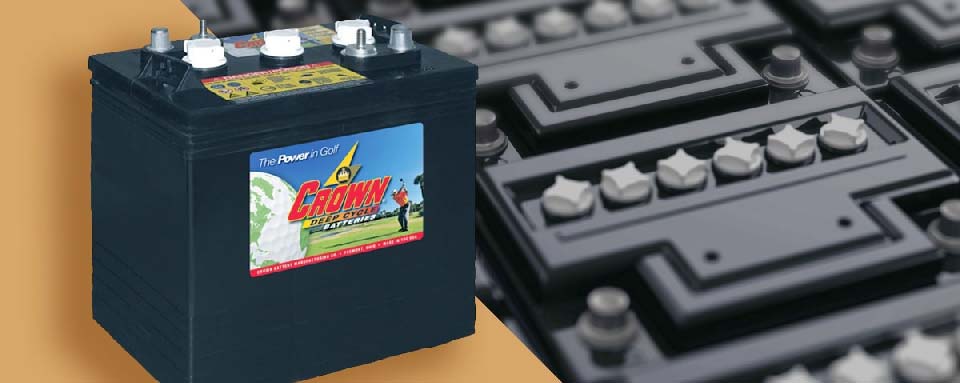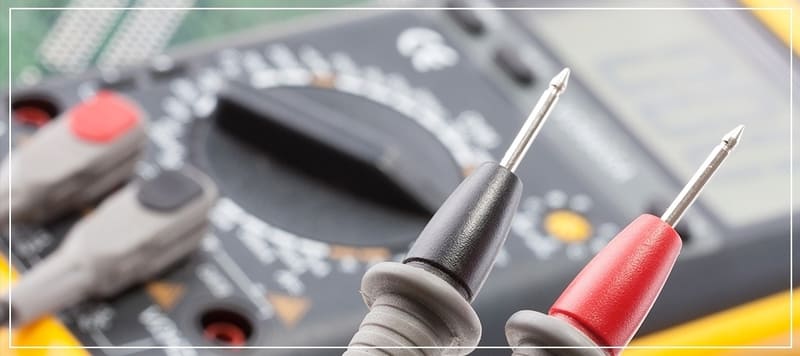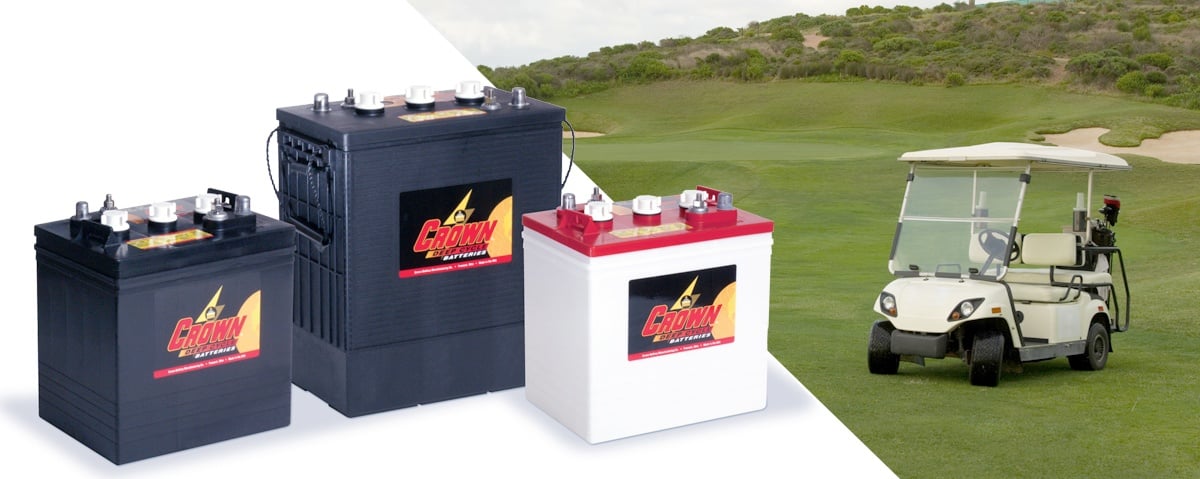Not all batteries are created equal, but even in high-quality lead acid deep cycle batteries, different types are better suited to different applications, budgets, and maintenance capabilities. So what is the difference between flooded, AGM, and gel batteries, and which one should you use for your needs?
Flooded lead acid batteries
Flooded lead acid batteries, also known as wet cell batteries, are characterized by the electrolyte surrounding the lead plates needing to be regularly maintained by adding distilled water, hence the name “flooded.” As the most common type of deep cycle battery, flooded batteries are both easy to find and cost-effective for most applications, making them attractive options when searching for a deep cycle battery. However, due to their need for maintenance and flooded nature, they’re not always the best choice for deep cycle systems. Here are some of the pros and cons, as well as common applications:
Pros
- Easy maintenance prolongs the life of the battery
- Capable of a high discharge rate
- Readily available worldwide
- Long history of proven performance
- Perform better than VRLA deep cycle batteries in a state of partial charge
- Less expensive than VRLA batteries
Cons
- Can only be stored, charged, and used in an upright position
- Periodic maintenance is required
- Higher self-discharge rate than VRLA batteries
Applications
- Forklifts
- Renewable energy systems
- Uninterruptible power supplies (UPS)
- RVs
Absorbed Glass Mat
Absorbed glass mat, or AGM, batteries are a type of valve-regulated lead acid (VRLA) battery, meaning it does not require maintenance like flooded batteries do. While they still use the same basic construction as wet cell batteries, they have a fine glass mat between the lead plates that is saturated with electrolyte to about 95% of its capacity. Because of this, AGM batteries are resistant to spills and leaks, and are able to be used in applications in which the battery is not always upright. AGM batteries are largely capable of recycling the gases released during battery operation back into water, but the system isn’t perfect, requiring gas release valves to regulate pressure within the battery. This means that, while AGM batteries tend to have moderate to long lifespans, they do dry out eventually.
Pros
- Slowest self-discharge rate of the types of deep cycle batteries
- Best vibration and shock resistance
- Electrolyte won’t spill if cracked or punctured
- Usable in a wider range of temperatures than other deep cycle batteries
Cons
- Performs less reliably than other deep cycle batteries in systems that require frequent deep discharge (up to 80% depth of discharge)
- Not ideal for low power applications
Applications
- RVs
- Marine vehicles
- Golf carts
Gel
Gel batteries are another type of VRLA battery with yet another form of electrolyte within the battery. Rather than a liquid or absorbed electrolyte, gel batteries utilize sulfuric acid mixed with a silica-gelling agent to form a semi-stiff paste. This makes gel batteries maintenance-free, though gas release valves are still present to regulate pressure caused by gas during operation. Of the three most common types of lead acid deep cycle batteries, gel batteries have the highest cost to manufacture, which usually translates into high product cost. Because of their high cost and specific charging needs, gel batteries are less common than AGM or flooded batteries for deep cycle systems, but are still found in uninterruptible power supplies due to their unique suitability to low power applications.
Pros
- No danger of electrolyte leaking
- Able to perform adequately in systems that require frequent deep discharge
- Well suited for low power applications
Cons
- Most expensive type of deep cycle battery
- Decreased performance in cold temperatures
- Shallow depth of discharge (ex. 20% DOD) shortens battery life
- Slower to charge than AGM batteries
- Overcharging can permanently reduce capacity
Applications
- Uninterruptible power supplies (UPS)
When you need a deep cycle battery, there are several factors to consider. Keeping in mind your budget, application, and maintenance capabilities, you can be sure you’re choosing the right battery for your needs.











